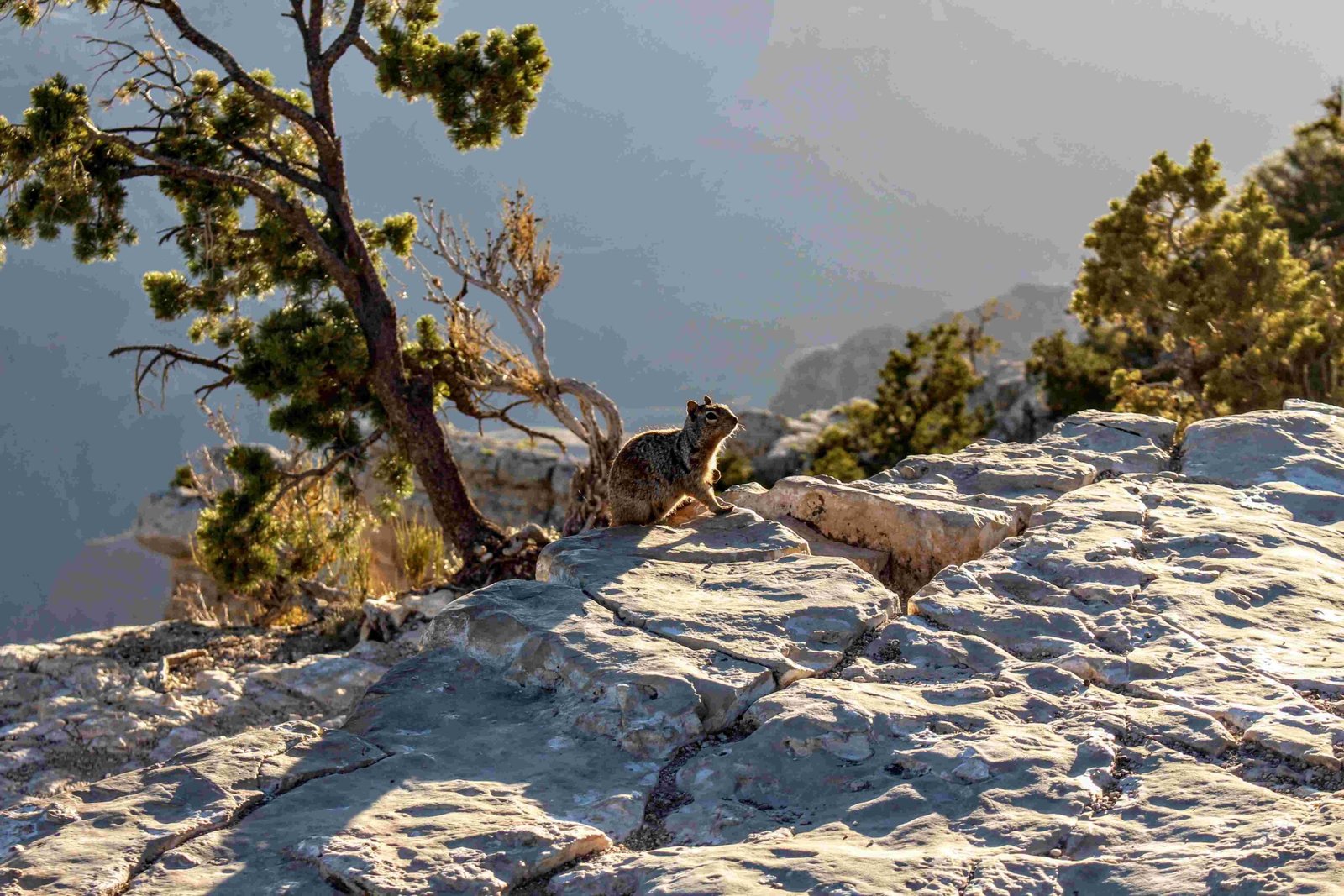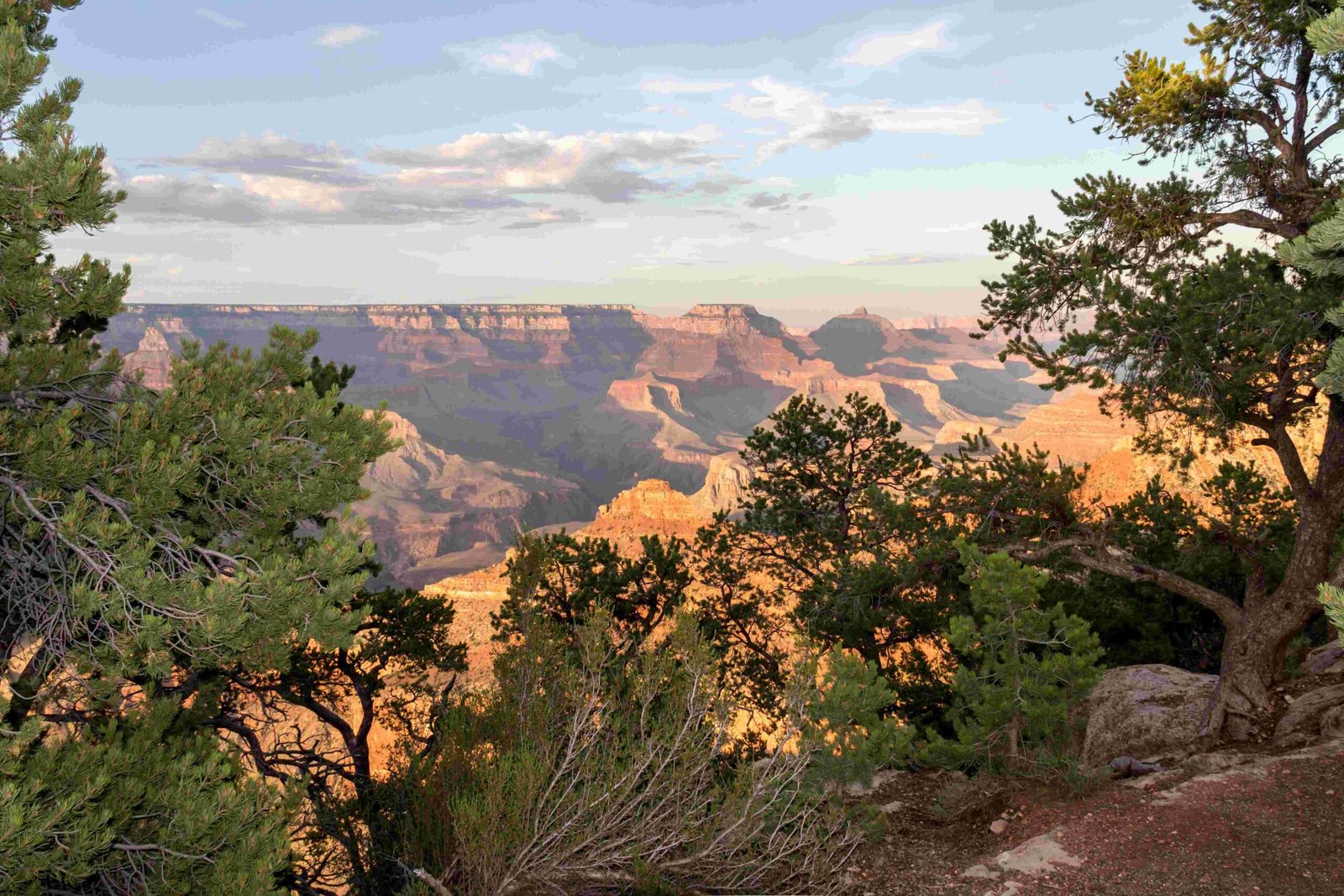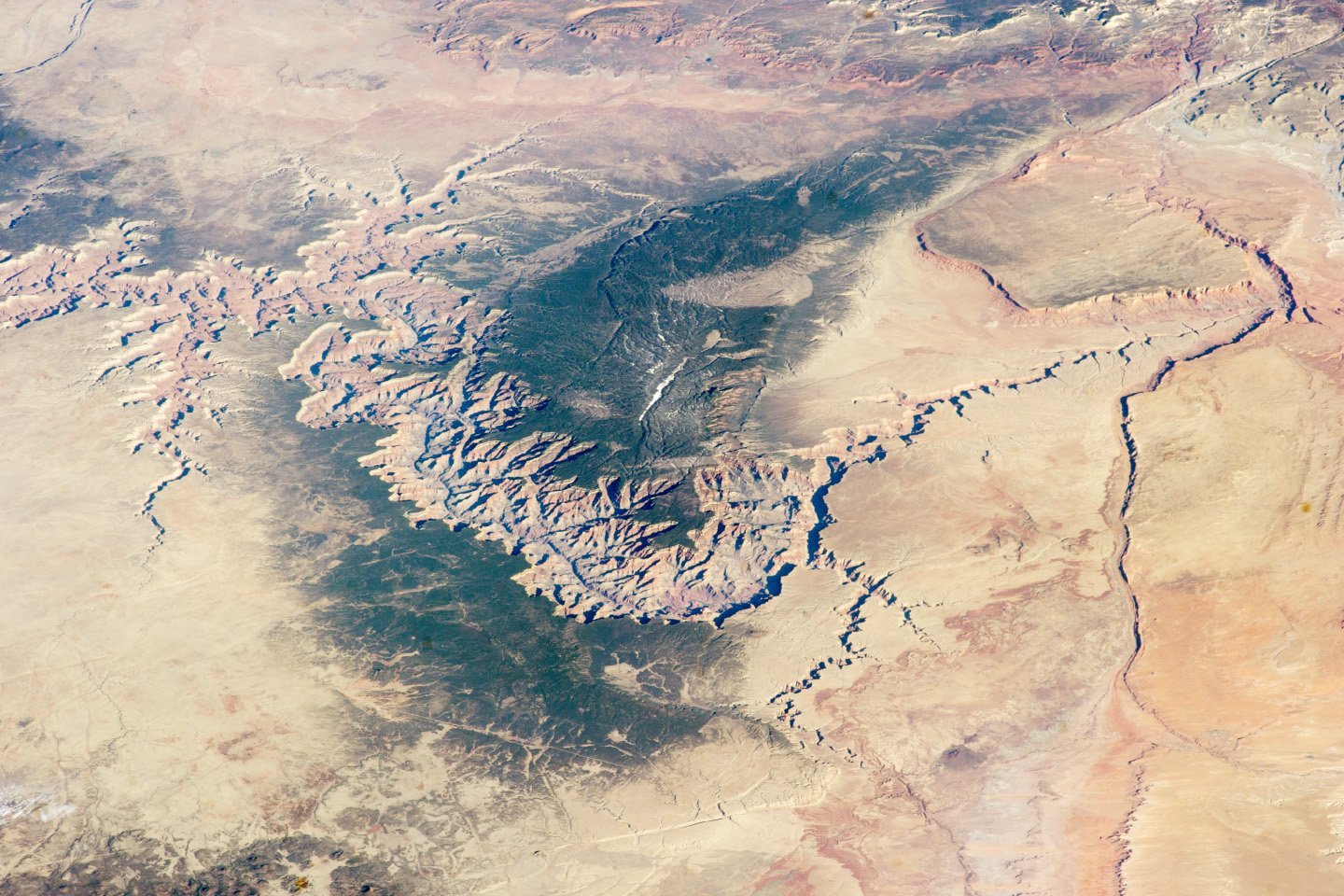The Grand Canyon represents one of Earth’s most remarkable geological narratives, where water has meticulously sculpted a breathtaking landscape over approximately 5-6 million years. The Colorado River’s persistent erosive power, combined with tectonic uplift and diverse rock layers, systematically carved this extraordinary natural wonder, revealing a complex interplay of geological processes that transformed a flat plateau into a magnificent canyon system spanning 277 miles.
How Did Water Shape the Grand Canyon?

What Evidence Supports Water’s Role in Canyon Formation?
The geological evidence overwhelmingly confirms water’s critical role in creating the Grand Canyon. Key scientific observations include:
- Erosion Mechanisms
- Continuous river flow cutting through rock layers
- Sediment transportation and gradual rock removal
-
Progressive deepening and widening of canyon walls
-
Geological Time Scale
- Formation process spanning approximately 5-6 million years
- Consistent erosion rate of 3 centimeters per century
- Differential erosion based on rock layer hardness
What Geological Processes Contributed to Canyon Creation?
| Process | Description | Impact |
|---|---|---|
| Tectonic Uplift | Colorado Plateau elevation | Increased river gradient |
| River Incision | Vertical cutting through rock layers | Canyon depth development |
| Rock Layer Exposure | Revealing geological history | Diverse stratigraphic profile |
How Deep and Wide Did Water Carve?
The Colorado River’s remarkable erosive power created a canyon:
– Length: 277 miles
– Width: Up to 18 miles
– Depth: Approximately 6,000 feet
– Average descent: 600 meters from Lake Powell to Lake Mead
What Rock Layers Reveal About Water’s Impact?
Water’s erosive journey exposed multiple geological formations:
– Precambrian basement rocks
– Grand Canyon Supergroup
– Paleozoic sedimentary layers
– Mesozoic rock formations
– Cenozoic deposits
Why Is the Colorado River So Effective at Erosion?
Several factors contribute to the river’s erosive capabilities:
– Steep gradient
– High water volume
– Abrasive sediment transportation
– Consistent flow over millions of years
– Variable rock layer resistance
Can Researchers Directly Study Water’s Erosion Process?
Researchers face significant challenges:
– Limited site accessibility
– Rugged terrain
– Extreme environmental conditions
– Complex logistical requirements
What Makes Water’s Erosion Unique in the Grand Canyon?
The Grand Canyon’s water erosion stands out due to:
– Prolonged geological timeframe
– Diverse rock layer interactions
– Continuous tectonic influences
– Unique regional geological characteristics
Conclusion

Water, primarily through the Colorado River, undeniably created the Grand Canyon—a testament to nature’s patient and powerful geological sculpting process. The canyon represents more than a landscape; it’s a living geological manuscript revealing Earth’s complex transformation over millions of years.

